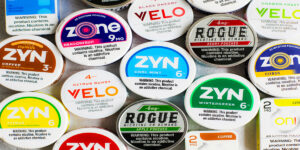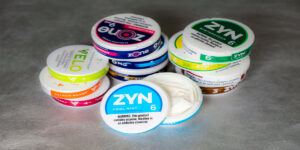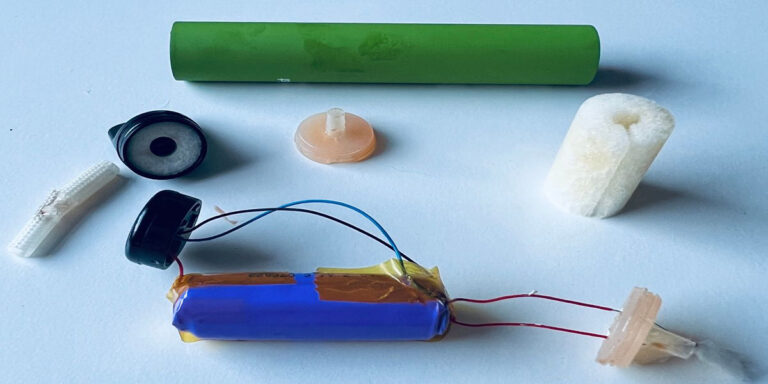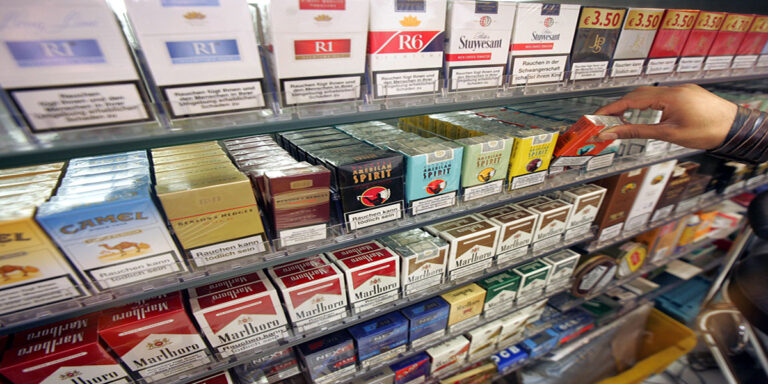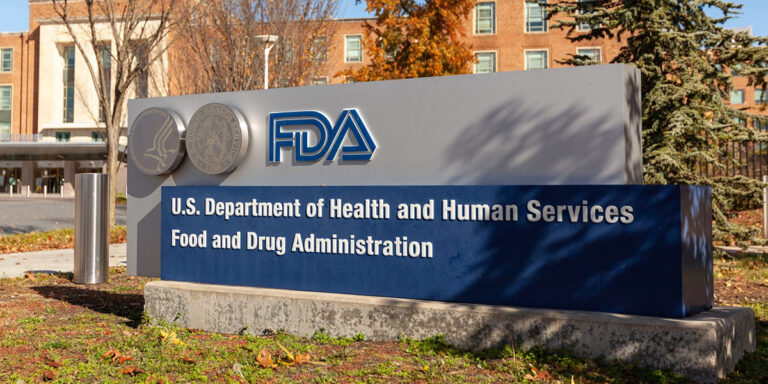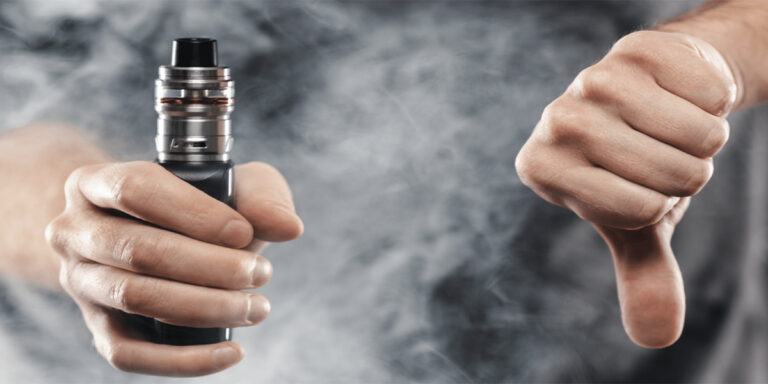Cannabinoids are naturally occurring compounds found in the cannabis plant, interacting with the human body’s endocannabinoid system to produce a range of effects. This comprehensive guide delves into the most common cannabinoids—THC, CBD, CBN, CBG, and CBC—highlighting their unique effects, potential benefits, drawbacks, and their prevalence in popular cannabis strains.
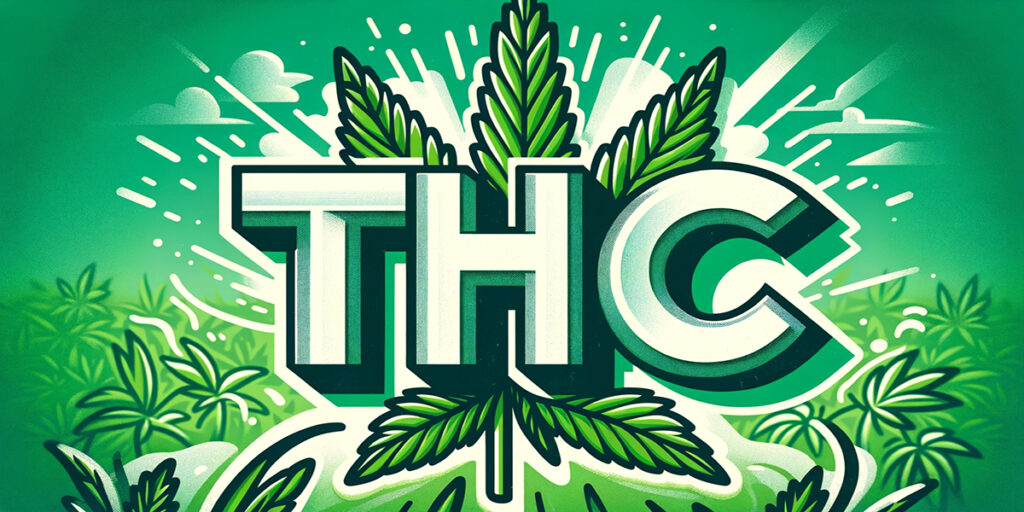
THC (Tetrahydrocannabinol)
Effects of THC
THC is the primary psychoactive compound in cannabis, responsible for the “high” sensation. It binds to CB1 receptors in the brain, leading to effects such as euphoria, relaxation, altered sensory perception, and an increased appetite.
Benefits of THC
- Pain Relief: THC is effective in reducing chronic and neuropathic pain.
- Appetite Stimulation: Useful in combating appetite loss in patients with HIV/AIDS and cancer.
- Nausea Reduction: Helps alleviate nausea and vomiting, particularly in chemotherapy patients.
- Muscle Spasm Relief: Beneficial for conditions like multiple sclerosis.
Drawbacks of THC
- Anxiety and Paranoia: High doses can lead to increased anxiety and paranoia.
- Cognitive Impairment: May impair short-term memory and cognitive function.
- Psychosis: Can trigger psychotic episodes in some individuals, especially those predisposed to mental health issues.
- Dependency and Abuse: Regular use can lead to dependence and abuse.
Prevalence of THC in Strains
- Girl Scout Cookies (GSC): High THC content (up to 28%) with a blend of euphoria and relaxation.
- OG Kush: Known for high THC levels (up to 26%) and a strong, euphoric high.
- Sour Diesel: High THC levels (up to 25%) known for its energetic and uplifting effects.
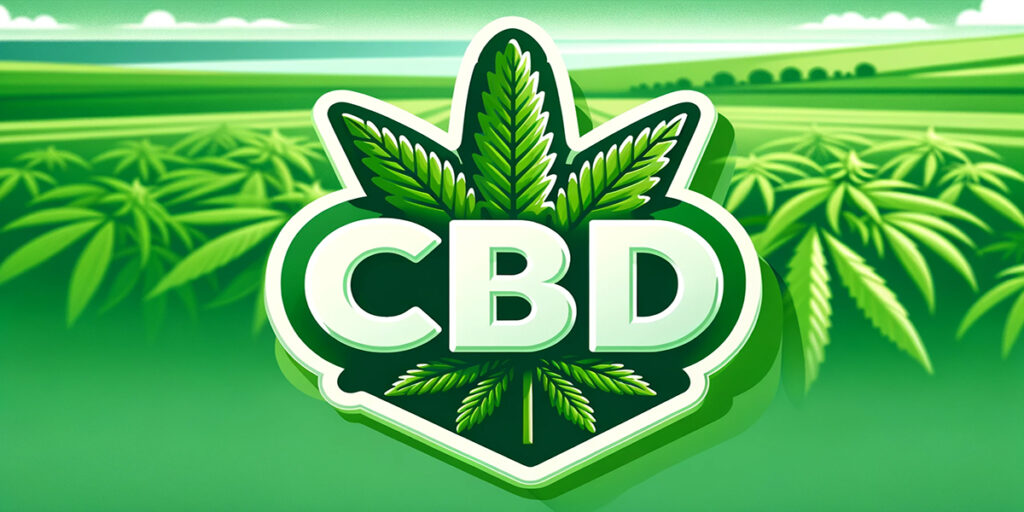
CBD (Cannabidiol)
Effects of CBD
CBD is non-psychoactive, meaning it does not produce a “high.” It interacts with various receptors in the body, including serotonin and vanilloid receptors, contributing to its therapeutic effects.
Benefits of CBD
- Anxiety Reduction: Effective in reducing anxiety and stress-related disorders.
- Epilepsy and Seizures: FDA-approved for treating certain forms of epilepsy, such as Dravet syndrome and Lennox-Gastaut syndrome.
- Chronic Pain Relief: Alleviates pain by reducing inflammation and interacting with neurotransmitters.
- Anti-Inflammatory Properties: Helps with conditions such as arthritis.
- Neuroprotective Properties: Potentially beneficial for neurological disorders like Alzheimer’s and Parkinson’s disease.
Drawbacks of CBD
- Drug Interactions: Can interact with certain medications, such as blood thinners, leading to adverse effects.
- Side Effects: High doses may cause diarrhea, fatigue, and changes in appetite and weight.
Prevalence of CBD in Strains
- Charlotte’s Web: High CBD content (up to 20%) with minimal THC, used to treat epilepsy and anxiety.
- ACDC: High CBD-to-THC ratio, often 20:1, used for pain relief and anxiety without psychoactive effects.
- Harlequin: Balanced CBD-to-THC ratio (5:2), providing therapeutic benefits without significant psychoactivity.
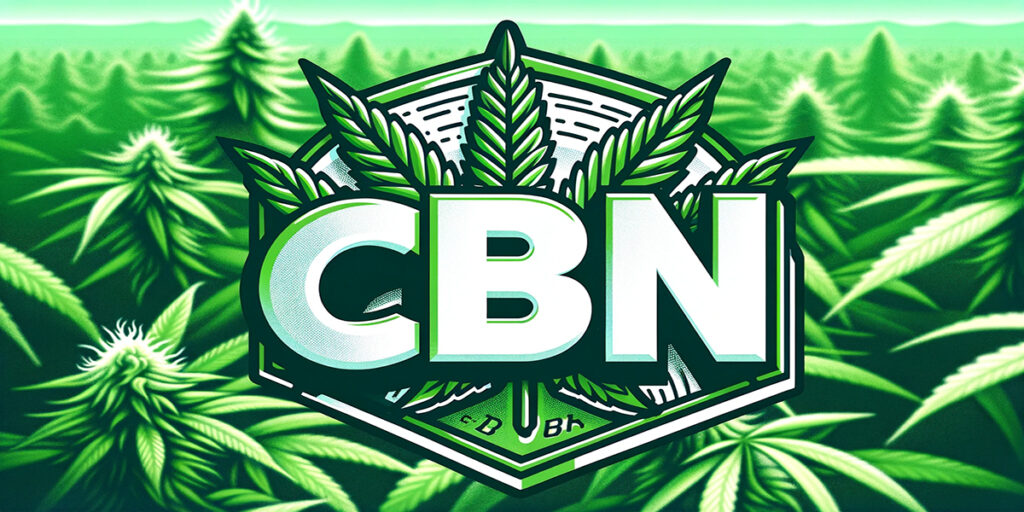
CBN (Cannabinol)
Effects of CBN
CBN is mildly psychoactive, with more sedative properties than THC. It forms as THC ages and oxidizes.
Benefits of CBN
- Sleep Aid: Known for its potential to improve sleep quality.
- Pain Relief: May help alleviate pain through its anti-inflammatory properties.
- Antibacterial Properties: Exhibits potential in combating bacterial infections.
Drawbacks of CBN
- Limited Research: There is a lack of extensive research on its long-term effects.
- Mild Psychoactive Effects: May not be suitable for individuals seeking to avoid any psychoactive experiences.
Prevalence of CBN in Strains
- Aged Cannabis: Higher CBN levels are typically found in aged cannabis, as THC degrades into CBN over time.
- Strains with High THC Content: Strains like Purple Kush and Blueberry may develop higher CBN levels as they age.
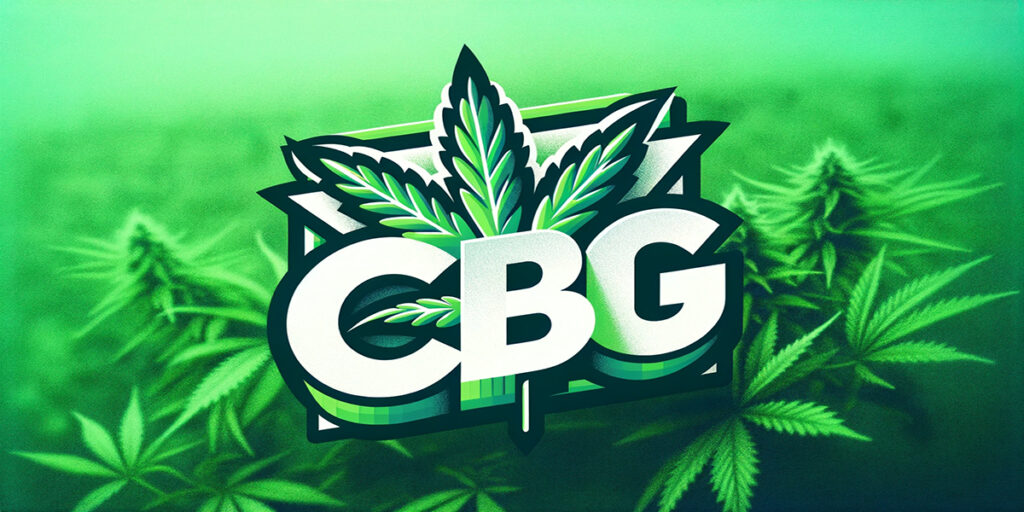
CBG (Cannabigerol)
Effects of CBG
CBG is non-psychoactive and is considered the “mother of all cannabinoids” because it is the precursor to other cannabinoids, including THC and CBD.
Benefits of CBG
- Anti-Inflammatory Effects: Potentially beneficial for inflammatory conditions like inflammatory bowel disease.
- Antibacterial Properties: Shows promise in fighting bacterial infections, including antibiotic-resistant strains.
- Neuroprotective Effects: May protect neurons in conditions like Huntington’s disease.
- Glaucoma Treatment: Can reduce intraocular pressure, beneficial for glaucoma patients.
Drawbacks of CBG
- Limited Human Research: Most studies are preclinical, and more human trials are needed.
- Drug Interactions: Potential interactions with other medications.
Prevalence of CBG in Strains
- White CBG: High CBG content (up to 10%) with minimal THC and CBD levels.
- Super Glue CBG: A hybrid strain with significant CBG content, used for its potential therapeutic benefits.
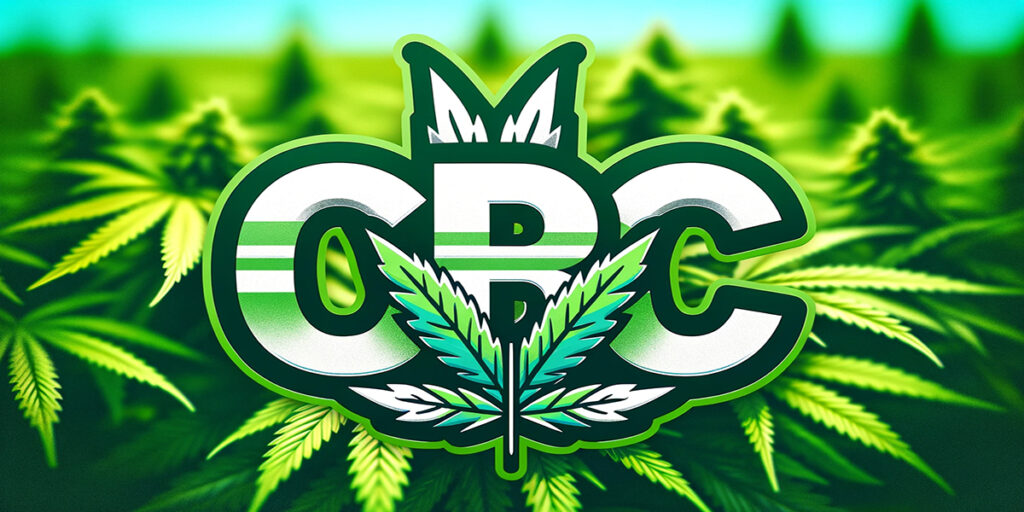
CBC (Cannabichromene)
Effects of CBC
CBC is non-psychoactive and interacts with the body’s endocannabinoid system by binding to receptors involved in pain perception and mood regulation.
Benefits of CBC
- Pain Relief: May help alleviate pain by interacting with the body’s pain management system.
- Anti-Inflammatory Properties: Reduces inflammation, potentially beneficial for conditions like arthritis.
- Mood Regulation: Shows promise in alleviating symptoms of depression.
- Skin Health: Potentially beneficial for acne due to its anti-inflammatory properties.
Drawbacks of CBC
- Limited Research: There is limited research on its effects and potential side effects.
- Unknown Side Effects: Due to the lack of extensive studies, the full range of its side effects is not well understood.
Prevalence of CBC in Strains
- 3 Kings: A strain with notable CBC content, providing a mix of therapeutic benefits.
- Maui Dream: Contains higher levels of CBC, used for its potential anti-inflammatory and pain-relief properties.
Mainstream Cannabis Strains
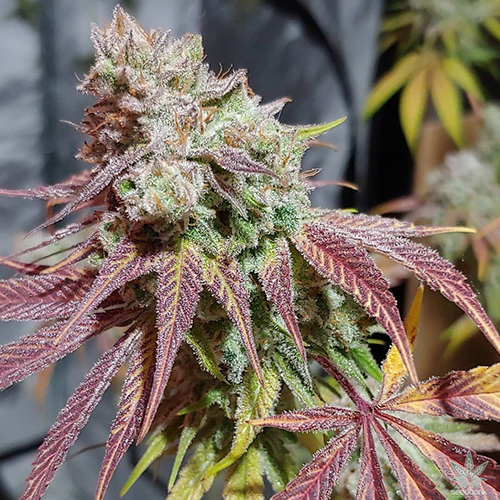
Girl Scout Cookies (GSC)
- Cannabinoid Profile: High THC (up to 28%), low CBD.
- Effects: Euphoria, relaxation, and altered sensory perception.
- Uses: Pain relief, stress reduction, and appetite stimulation.
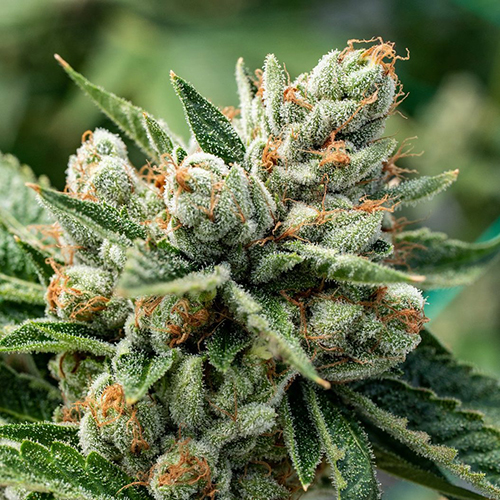
OG Kush
- Cannabinoid Profile: High THC (up to 26%), low CBD.
- Effects: Strong euphoria and relaxation.
- Uses: Pain relief, anxiety reduction, and mood enhancement.
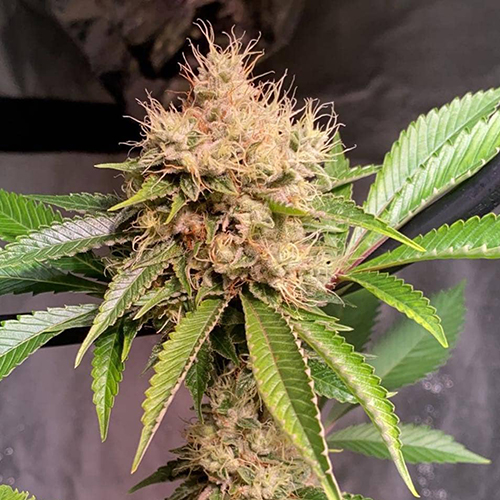
Sour Diesel
- Cannabinoid Profile: High THC (up to 25%), low CBD.
- Effects: Energetic and uplifting.
- Uses: Stress relief, depression management, and increased focus.
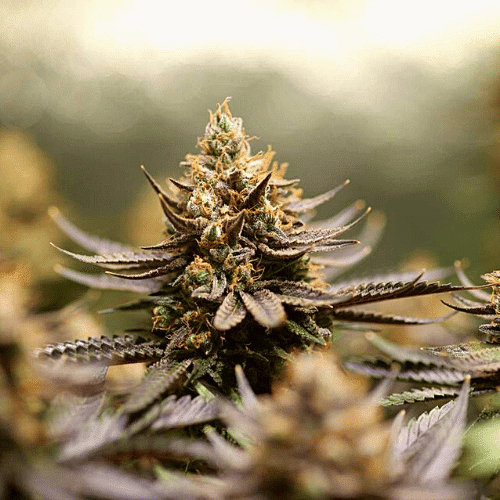
Charlotte’s Web
- Cannabinoid Profile: High CBD (up to 20%), minimal THC.
- Effects: Non-psychoactive, calming.
- Uses: Epilepsy treatment, anxiety reduction, and inflammation management.
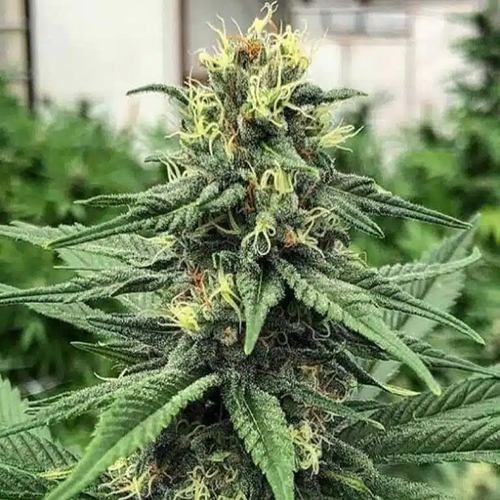
ACDC
- Cannabinoid Profile: High CBD (20:1 CBD to THC ratio).
- Effects: Non-psychoactive, calming.
- Uses: Pain relief, anxiety reduction, and anti-inflammatory.
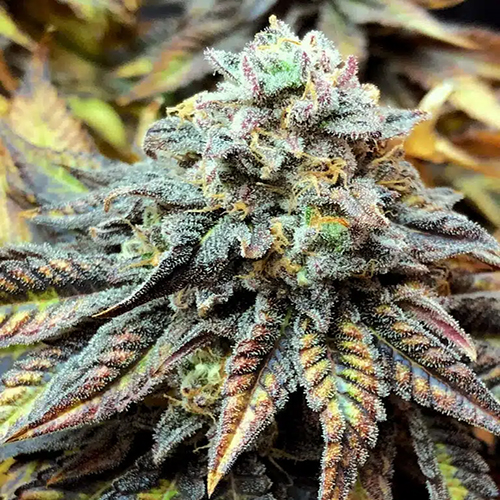
Harlequin
- Cannabinoid Profile: Balanced CBD-to-THC ratio (5:2).
- Effects: Mild euphoria, relaxation.
- Uses: Pain relief, anxiety reduction, and mood enhancement.
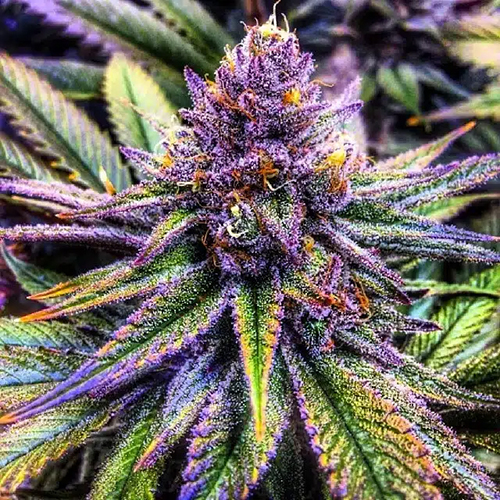
Purple Kush
- Cannabinoid Profile: High THC, higher CBN levels as it ages.
- Effects: Deep relaxation and sedation.
- Uses: Insomnia relief, pain management, and stress reduction.
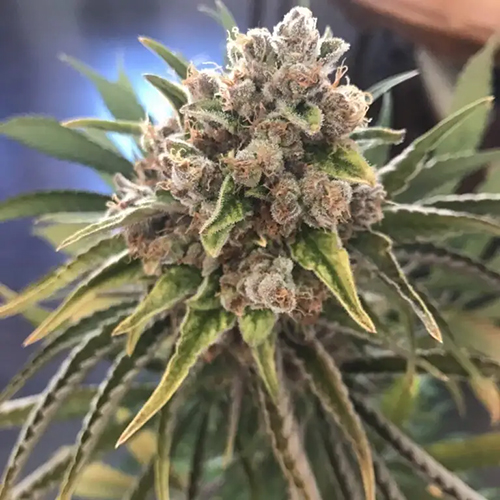
Blueberry
- Cannabinoid Profile: High THC, higher CBN levels as it ages.
- Effects: Relaxation and euphoria.
- Uses: Pain relief, stress reduction, and improved sleep.
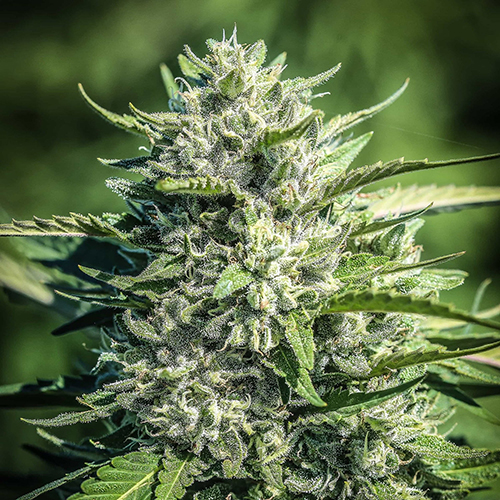
White CBG
- Cannabinoid Profile: High CBG (up to 10%), minimal THC and CBD.
- Effects: Non-psychoactive, therapeutic.
- Uses: Anti-inflammatory, antibacterial, and neuroprotective.
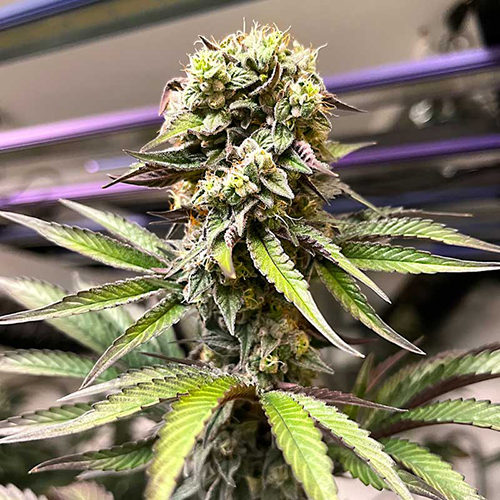
Super Glue CBG
- Cannabinoid Profile: Significant CBG content.
- Effects: Non-psychoactive, therapeutic.
- Uses: Inflammation reduction, antibacterial, and neuroprotection.
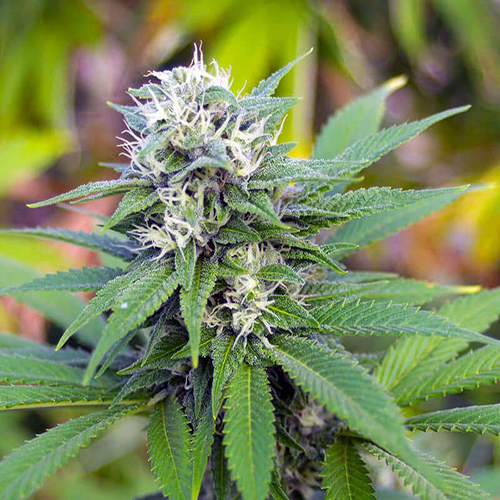
3 Kings
- Cannabinoid Profile: Notable CBC content.
- Effects: Therapeutic.
- Uses: Pain relief, anti-inflammatory, and mood regulation.
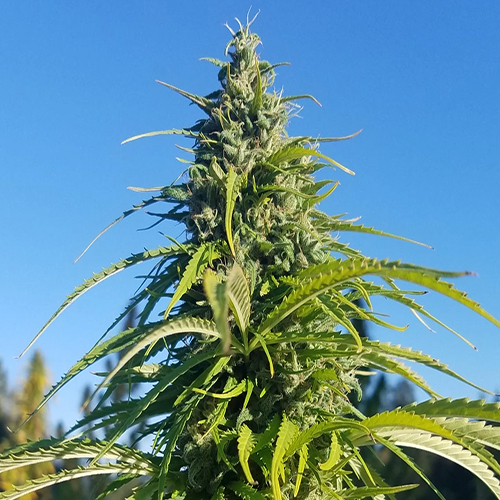
Maui Dream
- Cannabinoid Profile: Higher levels of CBC.
- Effects: Therapeutic.
- Uses: Pain relief, anti-inflammatory, and skin health.
FAQ
What is THC and how does it affect the body?
THC, or tetrahydrocannabinol, is the primary psychoactive compound in cannabis. It binds to CB1 receptors in the brain, leading to effects such as euphoria, relaxation, altered sensory perception, and increased appetite.
How does CBD differ from THC?
CBD, or cannabidiol, is non-psychoactive and does not produce a “high.” It interacts with various receptors in the body, including serotonin and vanilloid receptors, contributing to its therapeutic effects like anxiety reduction, pain relief, and anti-inflammatory properties.
What are the benefits of CBN?
CBN, or cannabinol, is known for its sedative properties, making it potentially useful as a sleep aid. It also exhibits pain relief and antibacterial properties.
Why is CBG referred to as the “mother of all cannabinoids”?
CBG, or cannabigerol, is considered the “mother of all cannabinoids” because it is the precursor to other cannabinoids, including THC and CBD. It is non-psychoactive and has potential benefits like anti-inflammatory effects, antibacterial properties, and neuroprotection.
Can CBC help with pain relief?
Yes, CBC, or cannabichromene, may help alleviate pain by interacting with the body’s pain management system. It also has anti-inflammatory properties and shows promise in mood regulation and skin health.
What are some popular high THC cannabis strains?
Popular high THC strains include Girl Scout Cookies (GSC), OG Kush, and Sour Diesel, known for their strong euphoric and relaxing effects.
Conclusion
Understanding the unique profiles of these cannabinoids and their prevalence in various cannabis strains can help users make informed decisions about their use for medical and recreational purposes. Always consult with a healthcare professional when considering cannabinoid-based treatments.

